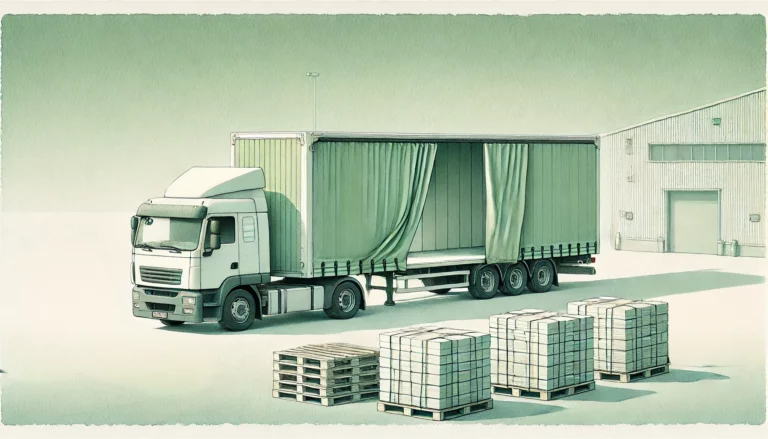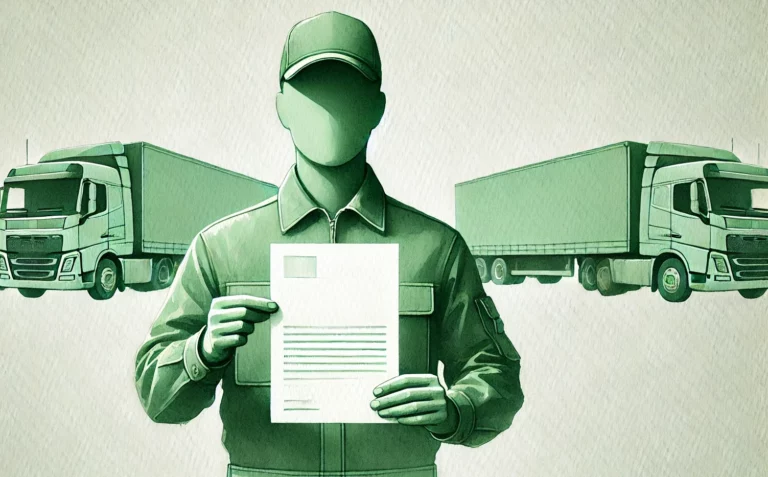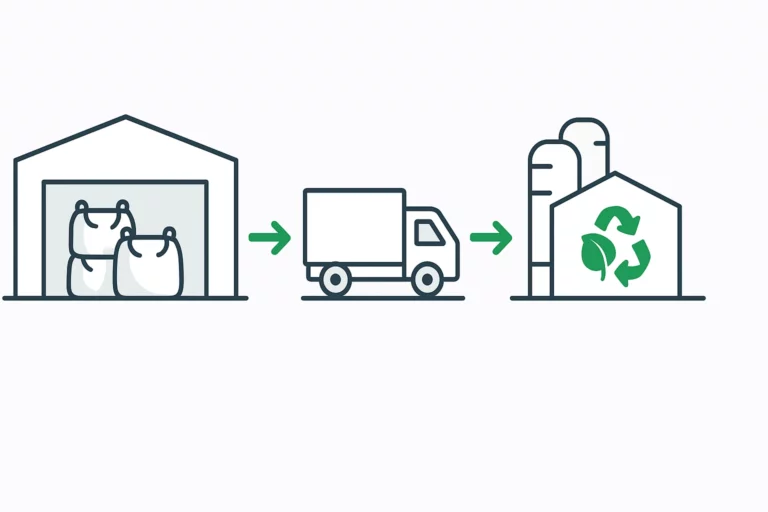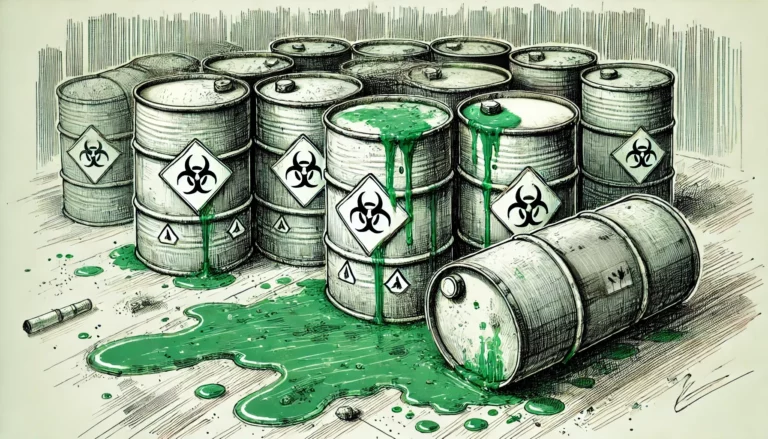Waste transport in Europe - how to prepare for it?
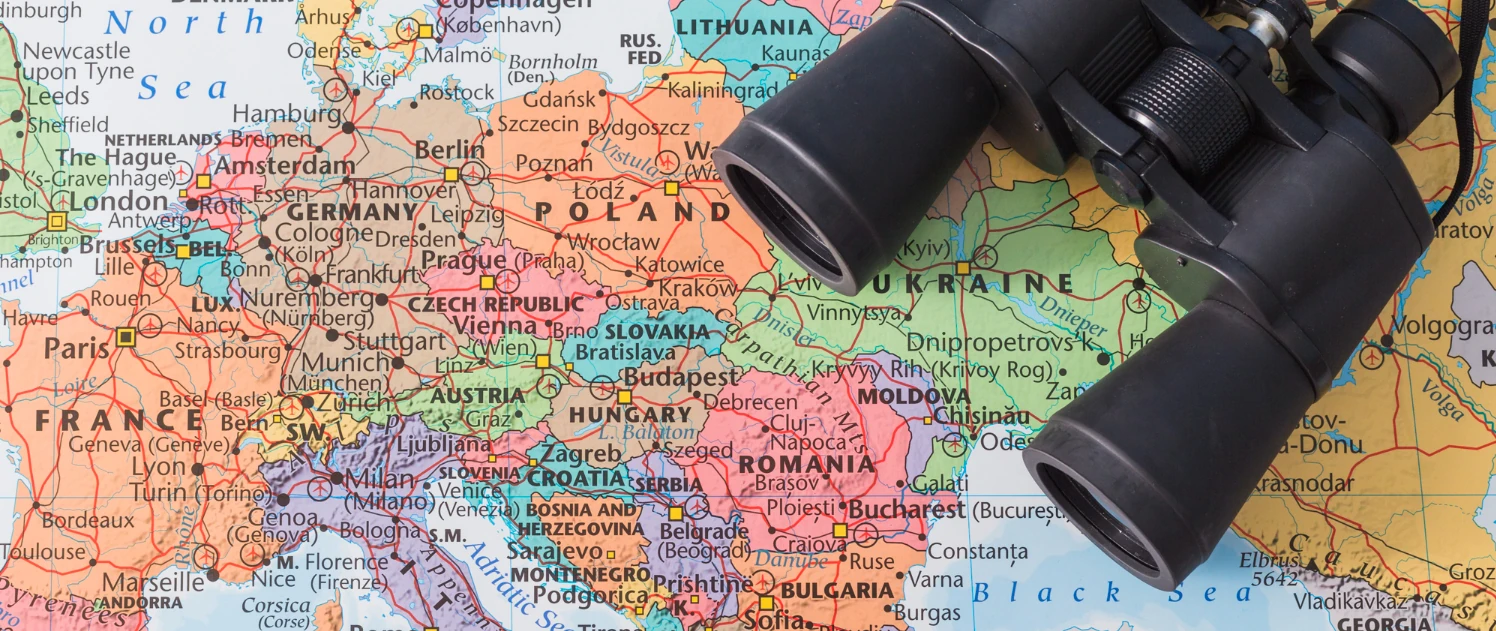
Are you a haulier and want to start hauling waste? Take advantage of our mini-guide. It will tell you what to look out for, what to beware of and what formalities to complete in order to be well prepared to carry out waste transports at home and abroad.
The situation is as follows - you have bought a tractor-trailer (or are renting one) and want to start making money from transport. You find out that waste transport is a profitable business So you are going to try your hand at it. So far you have used freight exchanges, but you know how they work and you don't want to rely on intermediaries. You would rather take matters into your own hands. The only question is - how do you go about it?
For starters - green or amber waste transport?
When looking for information about waste transport, you have surely come across the term "green waste" or "amber waste". This has to do with the properties of the waste in question and its classification. "Green" waste we will call neutral waste, also known as non-hazardous waste. "Amber" is a hazardous waste whose transport requires special preparation.
These colourful expressions are the result of Regulation 1013/2006, but also from the Basel Convention, which focuses on the conditions of transport of hazardous waste. It is worth noting that the harmfulness of the waste and the degree of risk that its transport entails affect the final price that generators offer for its delivery to its destination.
Next - transporting waste to which country?
The price for transport largely depends on the direction and distance between the loading and unloading points. It is a well-known fact that long distances are better paid. If you add to this the fact that the load is waste, you can still get a bit of a bargain. However, it should be remembered that each country has a slightly different approach to the issue of waste transport and the relevant authorisations. All EU members must comply with Community Regulation 1013/2006 on the transboundary transport of waste.
However, individual countries have the right to set their own internal regulations, dictating certain conditions for waste carriers. For example, in Poland, registration with BDO will be mandatory, but already in the Netherlands, Germany or Belgium, you have to apply for a separate entitlement to deliver waste there.
What will you need - a certificate, a register or a reference number?
As we mentioned, depending on the country, different requirements and obligations of the carrier may apply. It is important to do some research before transporting waste, so as not to be unpleasantly surprised once the transport has taken place. Let us take Poland as an example. Previously, waste transport permits were issued by the District Governor (Starosta) with jurisdiction over the company's place of registration. However, with advances in technology, a digital register of companies managing waste was introduced. With its establishment, paper permits became a thing of the past. However, before the information on the need to registration of the company with BDO reached Polish entrepreneurs, a long time had passed. After the transition period, however, the services were no longer lenient and severely penalised any haulier who was unable to prove his entitlement to transport waste in the new register.
Will an entry in BDO also enable the transport of waste to other EU countries? Yes, but not to all. Most countries still require the necessary authorisations to be obtained 'on the spot'. Most often in electronic form, less often in the form of a document or reference number. However, this can also be a problem, which is why it is best to entrust registration to a companywho has experience in this.
How to prepare the car?
You already know what waste you want to haul, you know where you want to deliver it, you know if you need a document or if an entry in a digital database is enough. But do you know what documents should accompany the waste transport? The 'coloured' waste classification will give you a hint. For 'green' neutral waste, transport within the EU will always be based on a document with a Annex VII (Annex 7 of the aforementioned Regulation 1013/2006). It is a kind of equivalent to the CMR document, but adapted to the transport of waste and containing information about the producer, the recycler and the management of the waste.
What about 'amber' waste? Its transport requires meticulous preparation, routing, indication of border crossings, and so on. However, when it comes to documents, the Ordinance again comes to the rescue, this time with Annex IA and IB documents. However, you need to be sure that the game will be worth the candle because the transport of hazardous waste is complicated.
What about marking the vehicle? Yes, waste transport regulations require that a car carrying this type of material must be appropriately marked. In the case of Poland, this involves board with the inscription "WASTE" and for overseas shipments a plaque with the letter "A" (from German Abfall - waste).
* * *
You already know everything you need to know to start transporting waste. However, if you have any further questions, contact usand we will certainly find a solution to your problem.


